11.05.2015
NEW NEW ZEALAND
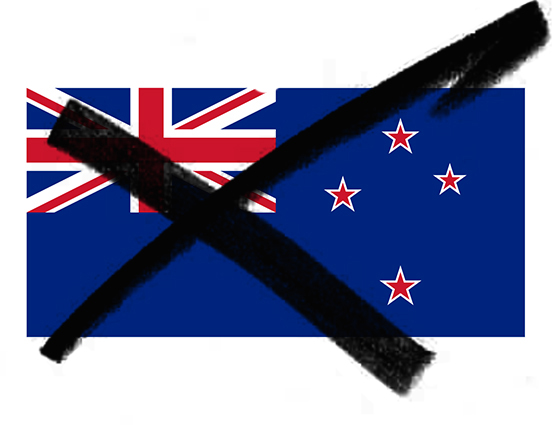
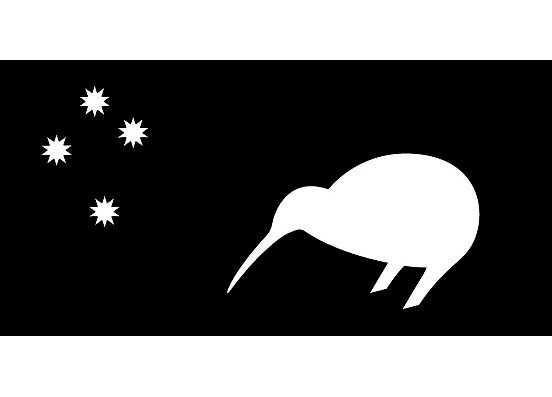 The Government of New Zealand is running a competition to change the country's flag, known as the Flag Consideration Project, selected design options will be put to national vote at two referenda.
The Government of New Zealand is running a competition to change the country's flag, known as the Flag Consideration Project, selected design options will be put to national vote at two referenda.
The Prime Minister, John Key, who is driving this process, says: "Retaining the current flag is a possible outcome of this process and the consideration of options will be done carefully, respectfully and with no presumption in favour of change". Hmmm.
We have touched on this before in a previous blog - with the Union Jack in the corner, the current flag is an obvious vestige of the colonial era. It is not the flag of an independent nation, but of a possession, an asset of the British Empire, one of the "dominions thereunto belonging" as the phrase in the Coronation Oath puts it.
Key speaks of the silver fern as an emblem as strongly "embodying" New Zealand, an independent New Zealand, as the maple leaf embodies Canada. For the stick-in-the-muds, claiming that New Zealand's soldiers fought for the old flag, Key points out that Kiwi war graves are actually embellished with the fern.
As always, these blog posts are labyrinthine, we follow what interests us... here are images of British war graves, each emblazoned with the badge of the soldier's regiment.
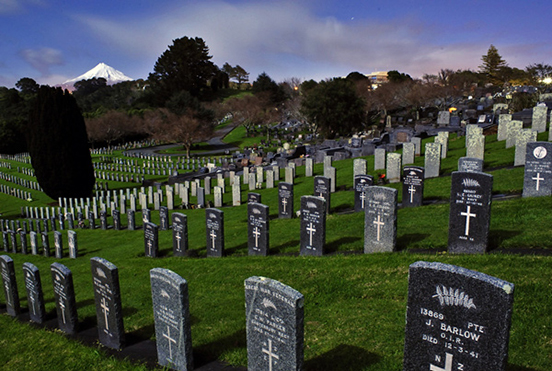
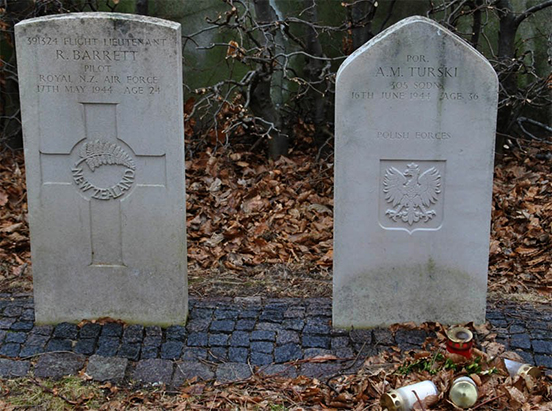
And here are all the permissible religious symbols that can be carved into grave stones in American military cemeteries.
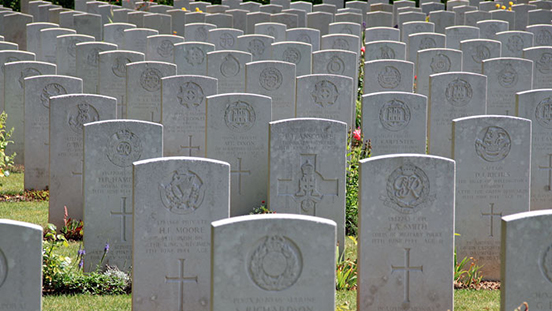
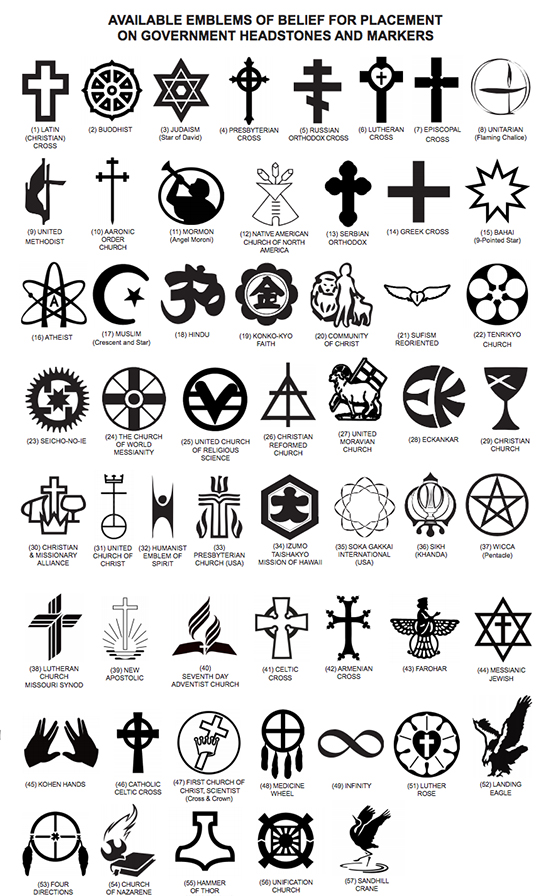
Back to the meat: as a comparison with what is about to happen in New Zealand, it's worth remembering what Canada's flag was like before it changed in 1965. There is a good story of the reasons behind the change, being confused with Britain, protests from the French-Canadians - that match modern New Zealand, in John Key's phrase seeking to "acknowledge our independence".

This is a great illustration of post-colonial nations, each originally a British possession, gathering courage and changing their flag, switching their mindset from being merely a dominion to being a proud sovereign nation.
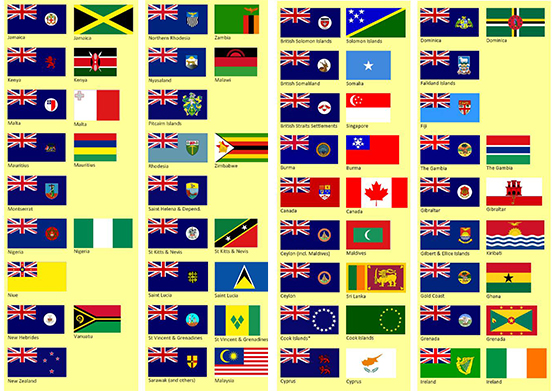
We have entered the competition, open to the world, with two designs.
Before you look at ours, you should look at those on the competition site. They all operate with a very shallow set of emblems: kiwi, fern, the southern cross constellation, the islands themselves, Maori forms. You will notice that they are all about nature; the sky, the flora, the fauna. Even the Maori spirals seem to be a representation of the uncoiling growth of plants. It's where the richness of the country seems to lie - rather than the motifs of old Europe which are all about human culture; the heraldry of its ruling dynasties, or magnificent flag-flying crusades to crush unbelievers. This narrowness and repetition of the New Zealand motifs is a good thing. It means the Kiwis already recognise themselves "embodied" in all of those symbols.
The real question is: from this limited set, which one do you use? Prime Minister Key has already chosen. Will the referenda reach the same conclusion?
My money is on Kiwi designer Kyle Lockwood's silver fern on red and blue flag. It ticks so many boxes; the Prime Minister's favoured emblem, the colours of the current flag (many Kiwis do not want to change), and the designer's nationality (I know from previous competitions this matters).
It astonishes me that several designers use the Union Jack in one form or another. Like a freed slave keeping the name his master gave him.
FIRST DESIGN: "KORU": MEETING OF TWO WORLDS
Both the Maori and the Europeans sailed to New Zealand.
The Maori travelled as far back as 7,000B.C., probably from mainland China. They inhabited other islands in the South Seas, gradually spreading island to island, until they reached the island they call Aotearoa sometime between 300A.D. and 1300A.D.
The Dutch were the first Europeans to land on New Zealand, it carries a Dutch name: Nieuw Zeeland. The two biggest seafaring and trading provinces in the seventeenth century Netherlands were Holland and Zeeland, the two biggest landmasses they discovered in the South Seas were called Nieuw Holland (Australia) and Nieuw Zeeland (New Zealand). Zeeland meaning "sea land" in Dutch.
Europeans only began to settle in earnest in the 1800s.
Our first design is derived from Maori pattern making, tattoos and carving. The key motif seems to be a spiral, in Maori called a 'koru'. We love the fact that the spiral, when doubled, is like the two peoples meeting. Converging to a share a future. Spiralling out from the islands to affect the world.
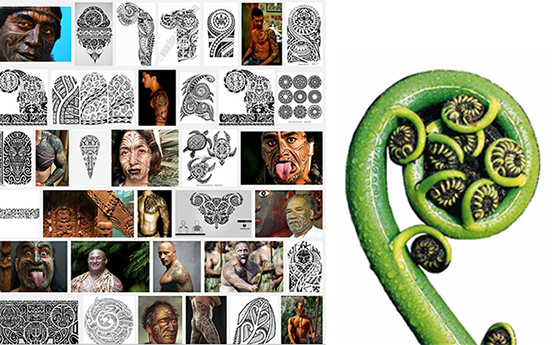
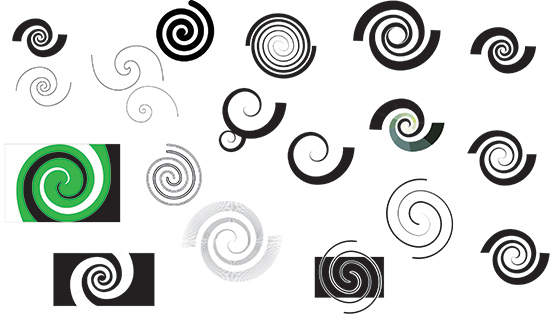
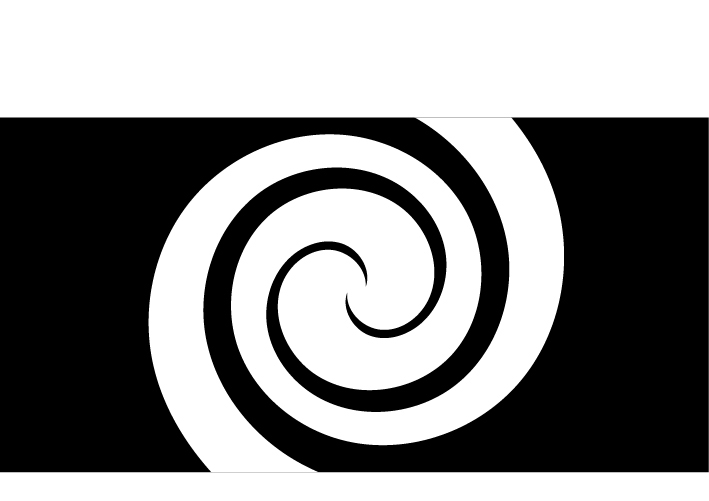
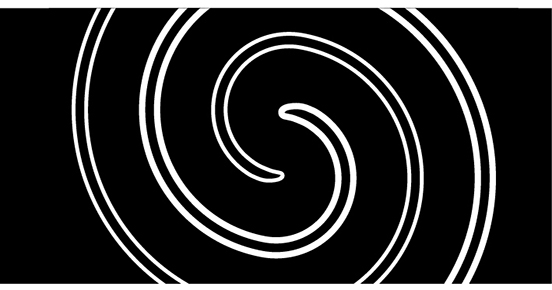
SECOND DESIGN: A KIWI FOR THE KIWIS
Unlike Yanks or Frogs or Krauts, you can call a Kiwi a Kiwi(people) without any sense of an insult. It is a Maori word for a bird found only in New Zealand.
The silver fern is from base of the coat of arms, legalistic. It is an emblem of government. Of the rugby team.
The kiwi is friendlier, warmer, more informal, like New Zealand's people.
In 1916 young New Zealand soldiers at Bulford Army Camp, waiting for a boat home, carved a kiwi in the chalk hill behind the camp. (Not a fern.)
It seems natural for a people who happily call themselves Kiwis to fly the kiwi flag.
We placed the southern cross alongside the kiwi - it is a nocturnal bird, out hunting at night, the southern cross sparkling above.
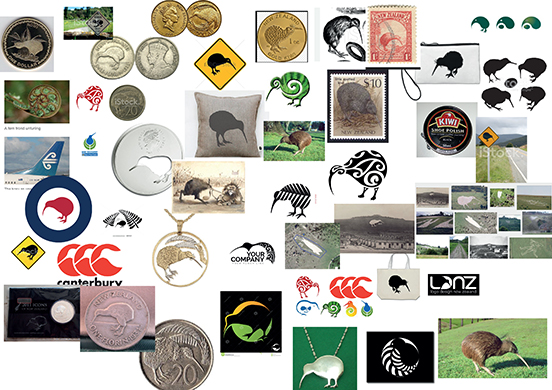
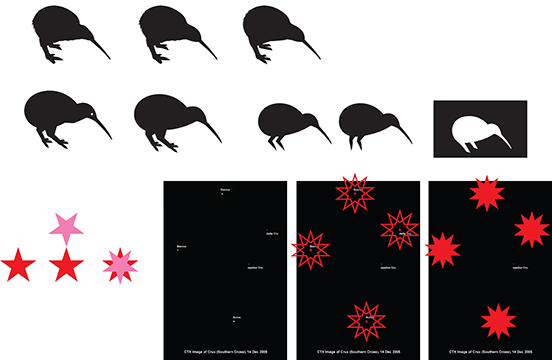

Quentin Newark
Dressed in black and white